Germany Gfk Consumer Confidence for March rose from -33.8 to -30.5, slightly below expectation of -30.0. In February, economic expectations rose from -0.6 to 6.0. Income expectations rose from -32.2 to -27.3. Propensity to buy rose from -18.7 to -17.3.
“Despite ongoing crises, such as the war in Ukraine, a weakening global economy, and high inflation rates, consumer sentiment has once again increased noticeably. It thus remains firmly on the path to recovery, even if the level remains low. Consumer pessimism, which peaked last fall, is fading”, explains Rolf Bürkl, GfK consumer expert.
“Recent drops in energy prices and reports that experts believe a recession in Germany this year can now be avoided mean that optimism is slowly returning.”




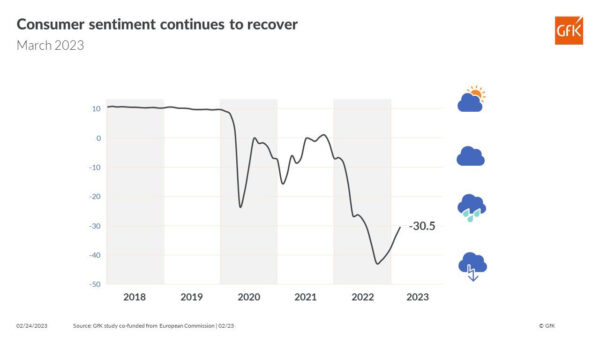
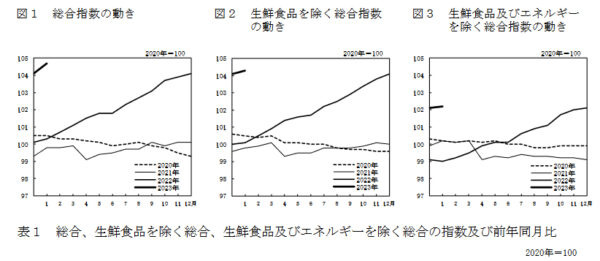
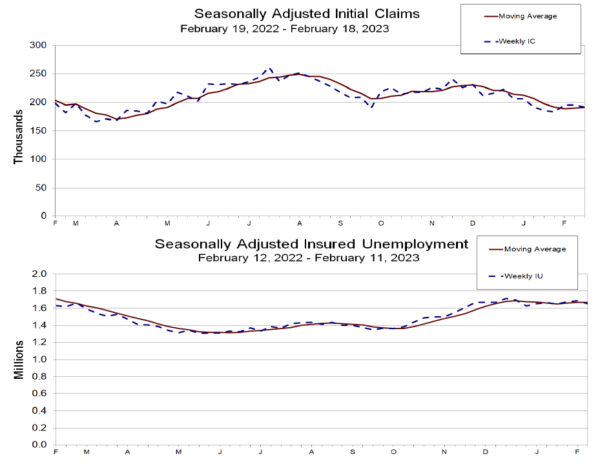

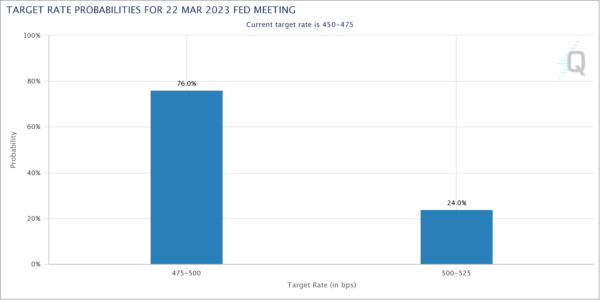
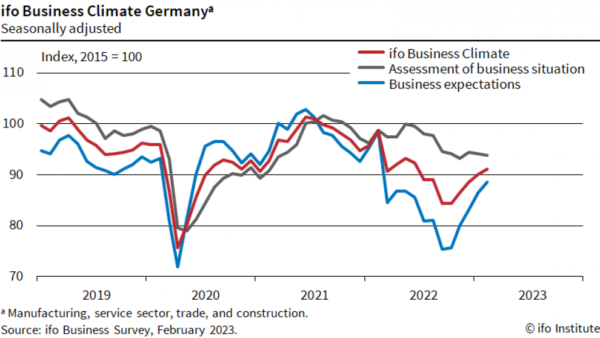
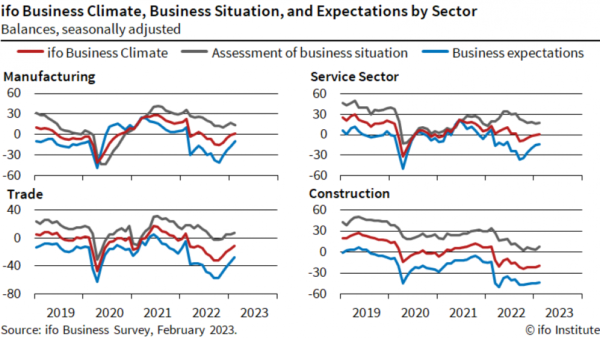
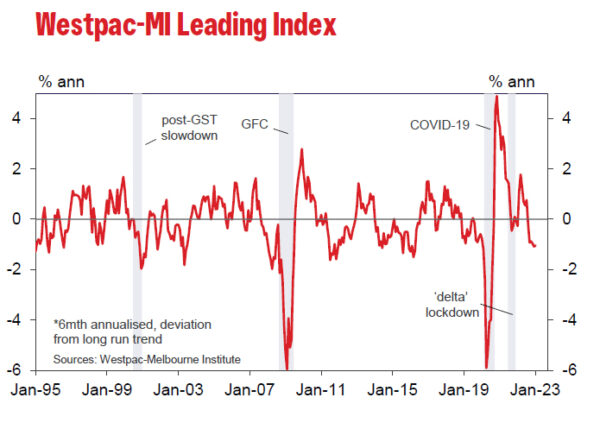
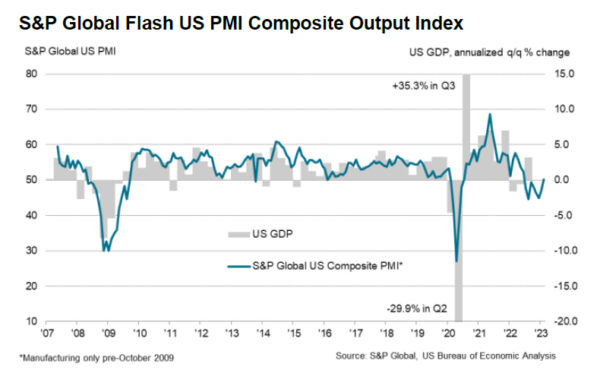
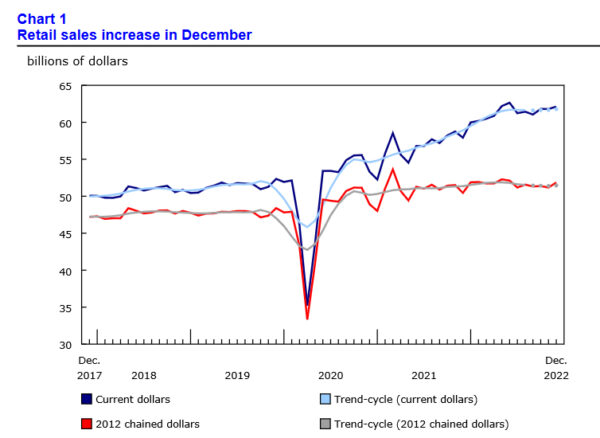

Bundesbank Nagel: Stopping tightening too early is a cardinal error
Bundesbank President Joachim Nagel said, “What seems distinctive to me is that core inflation will remain at a very high level beyond March.”
“That’s why I don’t rule out that further significant interest rate hikes beyond March will be necessary,: he added.
Nagel also said ECB’s interest rate is not restrictive yet. He warned that stopping tightening too early would be a “cardinal error.”